Food: Origin Stories
Where does our food come from?
In the first article in this term’s issue we looked at the recent horsemeat scandal and found out about the food supply chains that bring some of food to our shops and plates.
In this article we will concentrate on the origin of the food that we eat. Firstly, we will take a quick look at different types of farming in the UK. We will then look at how some ingredients in our food are made.
Farming in the UK
In simplest terms, there are two main types of farming in the UK: arable and pastoral.
Arable farming means growing crops like wheat, rapeseed and corn

A field of rapeseed which is often used to make oil for cooking
Pastoral farming means rearing livestock like cattle, pigs and chickens
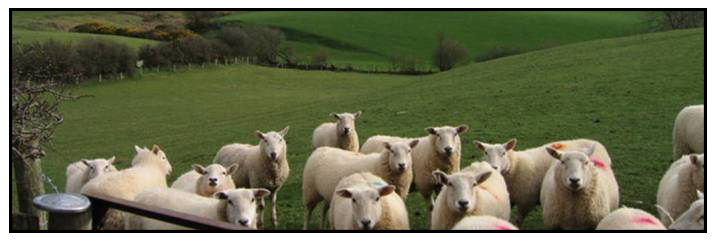
Sheep at Ty Newydd Farm near Aberystwyth
There are other types of farming which are more specialised. Examples of these are:
Orchardry – growing fruit for trees i.e. apples and pears

Aquaculture – rearing fish, shellfish or algae in tanks and cages
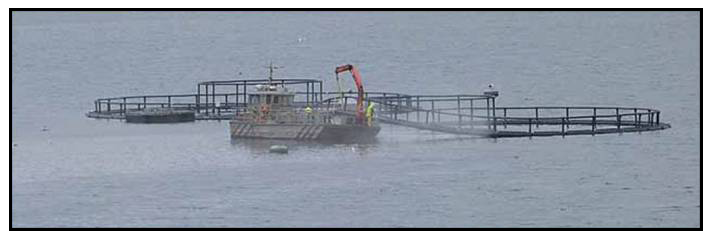
Apiculture/Apiary – keeping bees for their honey
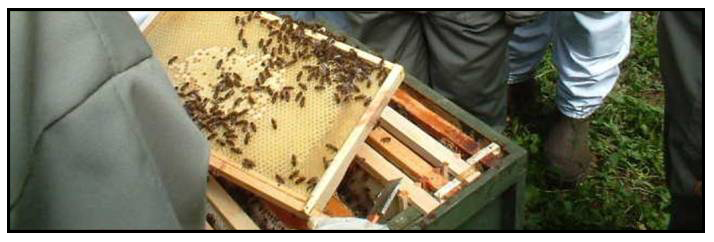
Do you know of other types of farming in the UK? If you do, keep them in mind for the classroom activity at the end of this article.
Brain box...
Does cheese grow on trees?
Does that seem like a strange question to ask? Surely everyone knows where cheese comes from?
Well, it turns out that, according to a recent survey by the British Nutrition Foundation, nearly one third of primary school children think that cheese comes from plants. Fish fingers caused a problem too, with around one fifth of primary school children thinking that they are made of chicken.

While these statistics improved for 11-14 year olds, there were still some surprising results. More than one in ten secondary school children didn’t know that eggs come from chickens, and some of them thought that eggs come from cows!
Animal, vegetable or mineral?
In the final article in this term’s issue of Geography in the News there is a quiz for you to test out your food knowledge. However, before we get there let’s take a look at some of Britain’s most-eaten foods and ingredients and find out where they come from.

Tea
There’s nothing like a cup of tea, and people in Wales and the rest of the UK can’t get enough of it! People in Britain have been drinking it for over 350 years and in 2009 we imported 149,000 tonnes of it. So where does it come from?

Tea is made from the leaves of a plant which grows in tropical and sub-tropical climates. Tea drinking almost certainly started in China (which remains the largest tea producer in the world) and is now grown in many countries including, believe it or not, the UK itself!
The top four tea producing nations in the world are China, India, Kenya and Sri Lanka and between them they grow nearly 75% of the tea in the world. Tea growing was actually introduced to India by British companies, and the majority of black tea (the most popular kind) sold in the UK contains a mixture of leaves from India, Kenya and Sri Lanka.
For a truly British cup of tea you can even buy leaves from a tea company called Trebothnan in Cornwall. They planted their tea bushes in 2006 and started selling their own leaves last year. Another company in Pembrokeshire is aiming to join the homegrown tea business in the next few years.
Bacon & Bread
Another staple of British food in the bacon sandwich (or bacon butty in Wales). So where do the bacon and bread come from?
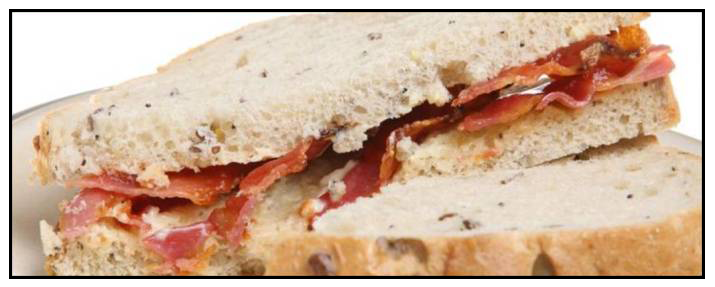
Bacon is a meat product and comes from pigs. The meat is cut into thin slices then cured (preserved) with salt and then dried or smoked before it is ready to cook.
Bread in its most basic form is made using flour and water. It is one of the oldest foods to be prepared rather than simply picked or hunted. Using grains like wheat and barley to make bread began in the Stone Age. It is eaten all over the world and is a staple – a food eaten most days by most people – in Europe, Africa, the Middle East and the Americas.
Basil
It may not sound like one of Britain’s favourite foods, but when you realise that basil is one of the most important ingredients in lots of Italian pasta sauces it becomes clear that we eat a lot of it. After all, spaghetti bolognese is one of the UK’s most popular dishes year after year.
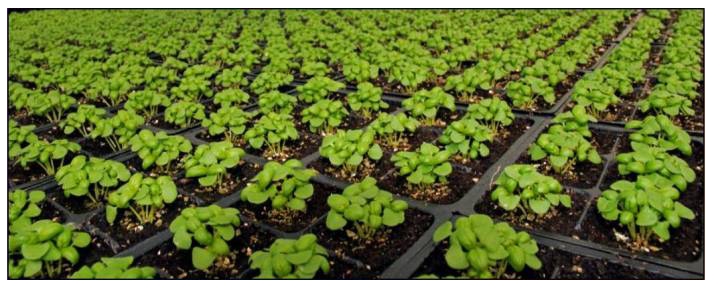
Basil is a herb – a plant used to flavour food. It is a small and leafy, originally came from India and is now grown in many parts of the world including France, USA, South Africa and, of course, Italy. It can be grown in the UK, although this normally requires a greenhouse.
Monosodium Glutamate
Another mystery ingredient, monosodium glutamate (MSG for short) is a type of salt that is found naturally in a lot of foods eaten in Asia like kelp (seaweed) and shellfish. There is actually MSG in the cells of every living thing, but it is most famous as an additive used to bring out the flavours of different foods.

The British favourite Marmite has very high levels of MSG, and fast food restaurants all over the world sprinkle it over their fries. Soy sauces, which are made from soya beans and used a lot in Chinese cooking, are also rich in glutamate.
These days a lot of MSG is produced in factories using bacteria grown on sugar beet and molasses. It might make you think twice next time you are asked, “Do you want fries with that?”
The Origin of Our Food
Like the previous story about the recent horsemeat scandal, this article aims to make us think about where our food comes from.
Globalisation and changes to food production and transport over the last few decades mean that there is no longer a simple journey between the farm and our dinner table.
Added to this, the eating habits of British people today are very different to previous generations and it would appear that many of these changes are here to stay.
Pupil Activity
Working in groups of 2 or 3, choose one of your favourite foods and select one particular ingredient from it.
Find out:
-
How that ingredient is produced. Is it an animal, plant or even a mineral?
-
Where does it originally come from and where is it now produced?
-
What are the requirements for it to be produced? For example, does it need a particular:
-
temperature?
-
precipitation level?
-
soil type?
-
altitude?
-
Is the ingredient heavily processed, or does it almost come straight from the farm to the shop?
-
Is it eaten elsewhere in the world, or just in the UK?
Prepare a short presentation about your chosen ingredient for the rest of the class. Be ready to answer some questions at the end. The presentations could be peer-reviewed with supervision from the teacher.

